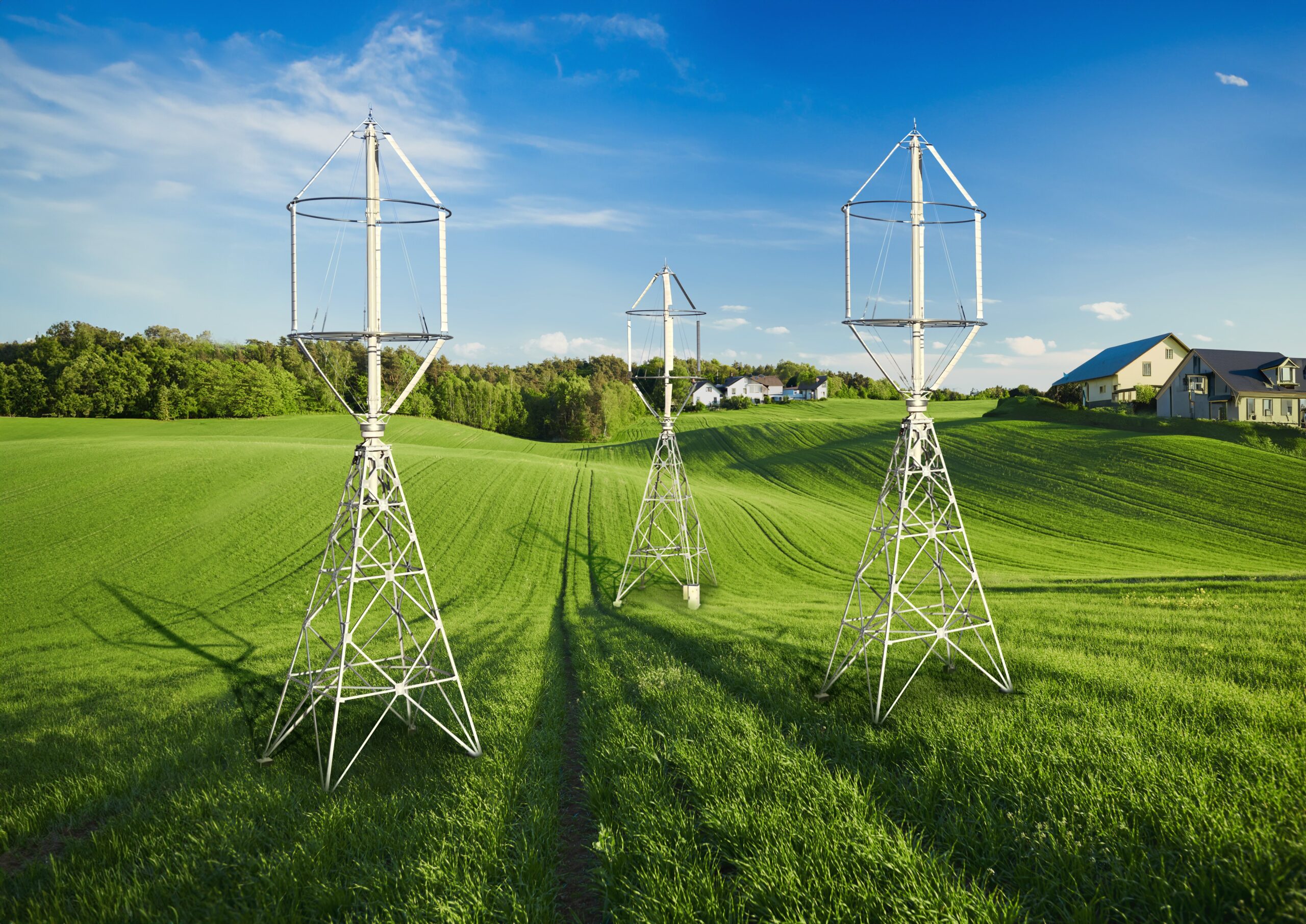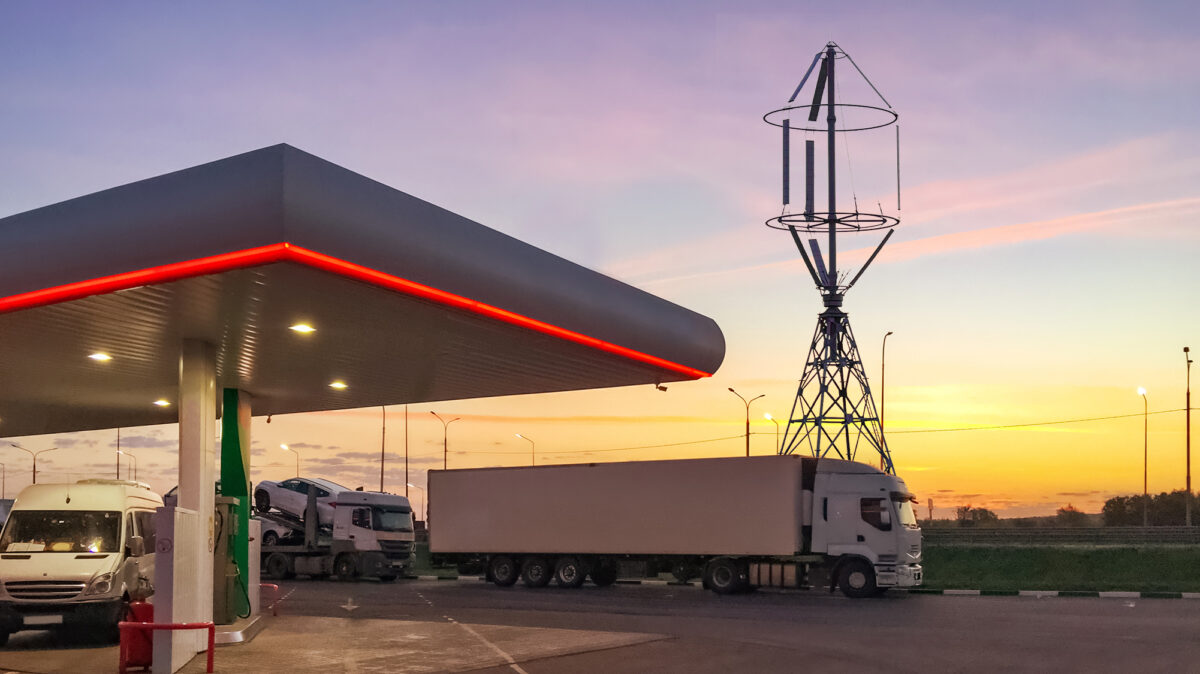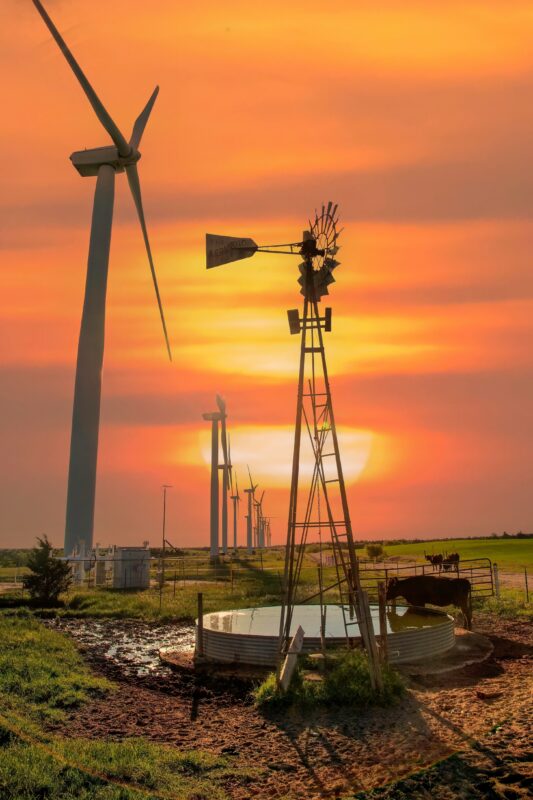Introduction:
In the modern world, issues of sustainable development and environmental responsibility are increasingly relevant. Small wind turbines emerge as a solution to provide homes and businesses with alternative energy. Choosing the right wind turbine is not just a technical decision. It is a strategic step that reduces dependence on conventional energy sources. It minimizes the ecological footprint and, in some cases, cuts energy costs. In this article, we examine key aspects for choosing a small wind turbine. These aspects maximize the potential of wind energy for your home or business.
Criteria for Choosing a Wind Turbine:
Power and Performance: Determine your energy needs and choose the wind turbine capacity meeting these requirements. Consider the average wind speed in your area to estimate the potential energy production.
Size and Installation Site: The wind turbine dimensions bear upon its positioning and performance. Larger turbines require more space, so installers typically choose locations with stable wind conditions. Consider height restrictions and local zoning regulations.
Noise and Vibration Levels: Some wind turbine models may produce significant noise, which may present a problem in residential areas. Opt for low-noise equipment, especially if the installation is performed near residential areas.
Reliability and Durability: Go over reviews and recommendations for different models and manufacturers in order to choose reliable and durable equipment capable of withstanding extreme weather conditions.
Cost and Economic Efficiency: Consider initial investments, installation and maintenance costs, as well as the expected savings from the wind turbine operation. It is important to assess the investment payback period and potential savings in the long term.
Each of these criteria is essential in selecting the optimal wind turbine for specific conditions and needs. It is recommended to conduct a thorough analysis and, if necessary, consult experts in order to make your choice as informed and effective as possible.
Get a free on-site feasibility study to assess your site’s potential, expected profitability and incentives you could use. Register here for more information.
Wind Potential Analysis:
Wind potential analysis is a complex process involving several key stages:
Exploring Wind Maps and Data: The first step is to review your local wind maps available through meteorological services or dedicated web resources like Global Wind Atlas. These maps provide average wind speed and direction data, enabling a preliminary assessment of an area’s wind potential.
Assessing Local Conditions: It is important to consider such terrain features, as , relief, proximity to water bodies, presence of buildings or tall trees that may affect local wind conditions. Such obstacles may undermine the wind turbine performance by creating turbulence and decreasing wind speed.
Conducting Wind Measurements: For an accurate assessment of wind potential, it is recommended to take wind speed measurements directly at the proposed installation site. The use of an anemometer for a certain period (at least a year) will help collect data on wind conditions and their variability.

Analyzing the Collected Data: The collected data is reviewed to determine the average annual wind speed, frequency and direction, which allows drawing conclusions about the wind turbine installation feasibility and its potential efficiency.
Selecting Proper Equipment: The best suited wind turbine for the specific conditions is selected on the basis of the wind potential analysis and taking into account other factors, such as economic and technical limitations.
The conduct of a wind potential analysis is a key step before choosing and installing a small wind turbine. This process involves examining the wind maps in order to assess the average wind speed and direction in your area, as well as reviewing such local conditions, as the topographical relief of the area, as well as potential obstacles.
FREEN professionals offer on-site wind potential measurement services to make sure that the findings are as accurate as possible. They can help you both make a precise assessment of the wind resources available at your site and select the best available equipment factoring in all key parameters and individual requirements. The expert support ensures the most effective use of wind energy and enables successful integration of the wind turbine into your energy system.
Installation Process
The installation process of a small wind turbine includes a number of key steps:
Preparations and Site Selection: The best available installation site is selected based on the wind potential analysis. It is essential to consider not only wind conditions but also service accessibility and absence of wind obstructions.
Permit Acquisition: A wind turbine installation may involve acquisition of permits from the local authorities. This step involves getting approvals of the installation design and ensuring compliance with the local construction codes and safety standards.
Integration with the Energy System: The installation involves connecting the wind turbine to the existing home or business energy system. This may include integration with the power grid or battery energy storage system.
Mounting and Launching: At this stage, our experts install the wind turbine on the mobilized site. The installation is followed by equipment testing and startup.
Maintenance and Operation
Regular technical maintenance includes inspecting, cleaning and replacing worn parts of a wind turbine to ensure its flawless and smooth operation. It is important to check the condition of the blades, bearings, and electrical system, as well as to prevent corrosion and eliminate possible oil leaks.
Performance monitoring and management systems help to leverage the wind turbine operational efficiency. The use of management and monitoring systems provides for for real-time energy production tracking, preventing potential problems and timely adjusting the equipment operation in order to achieve the best possible productivity.
Conclusion
The selection and installation of a small wind turbine is a complex process. It requires a deep understanding of your area’s wind potential. It also demands a careful approach to equipment selection. You must consider capacity, dimensions, noise level, reliability, and economic efficiency. It is also important to consider acquiring necessary permits. You must integrate the system into the existing energy grid. After installation, regular technical maintenance and performance monitoring are key in ensuring long-term and efficient operation of the turbine. Cooperation with FREEN professionals may facilitate this process, ensuring expert support in all steps from assessments and selection to the wind turbine installation and subsequent maintenance.






